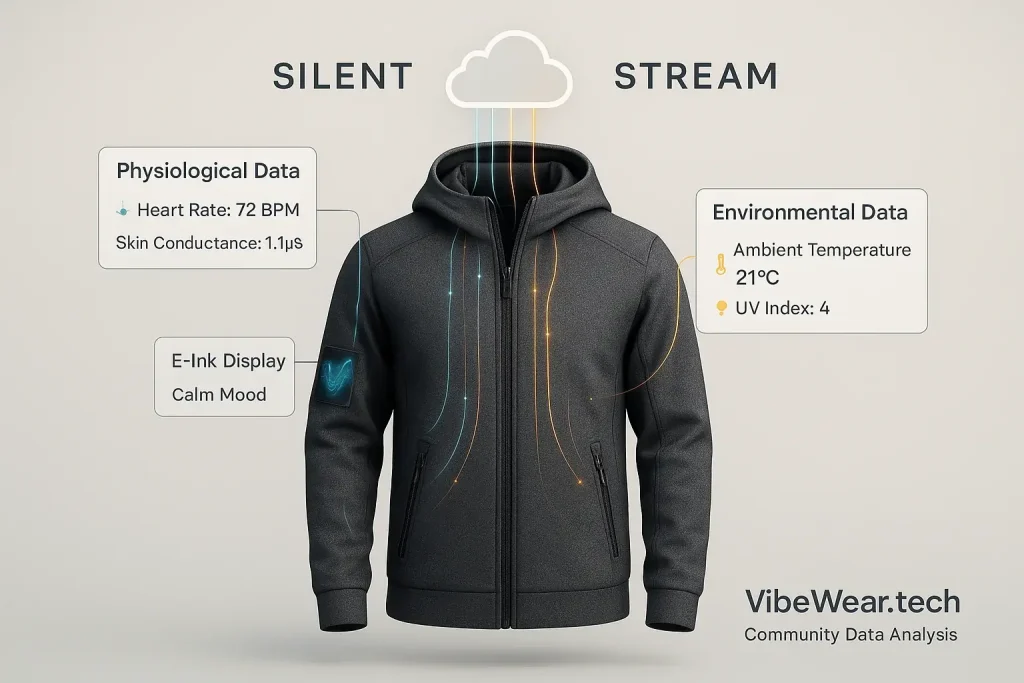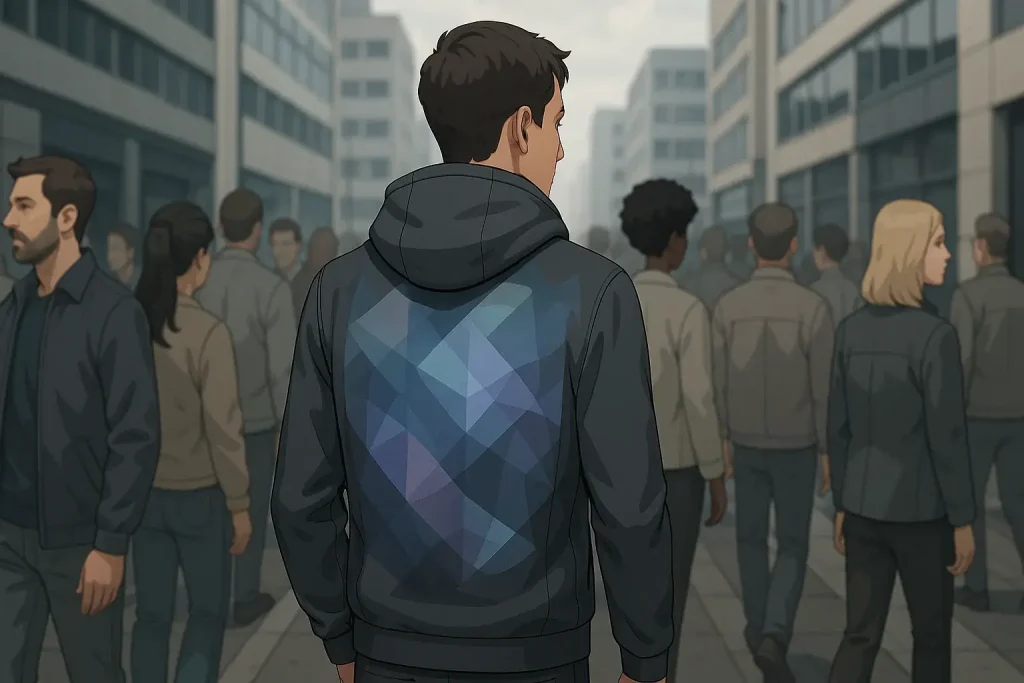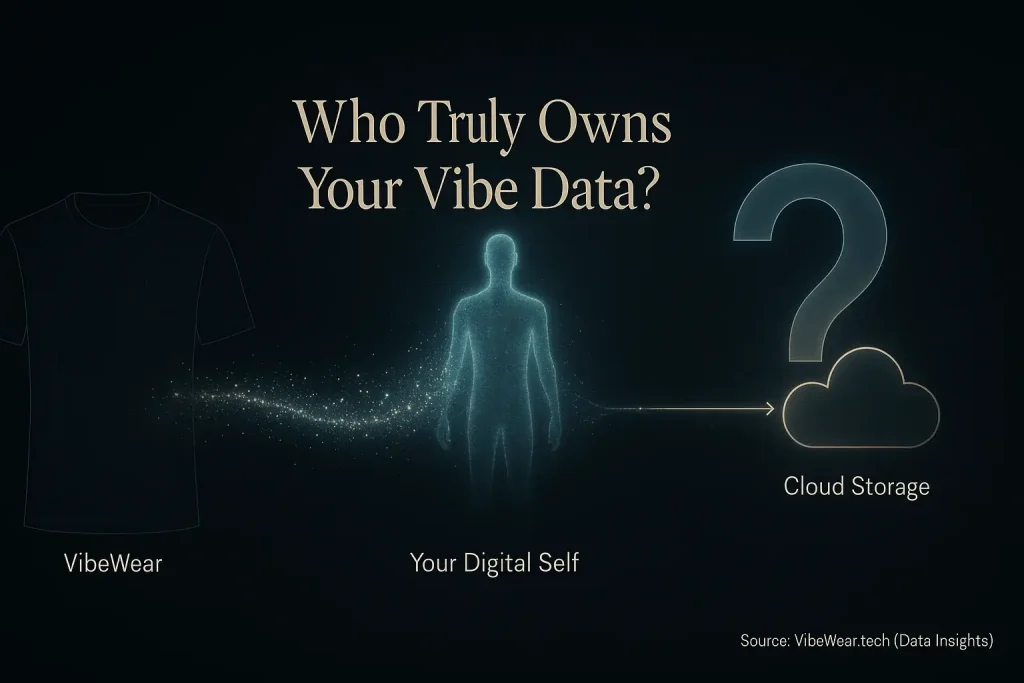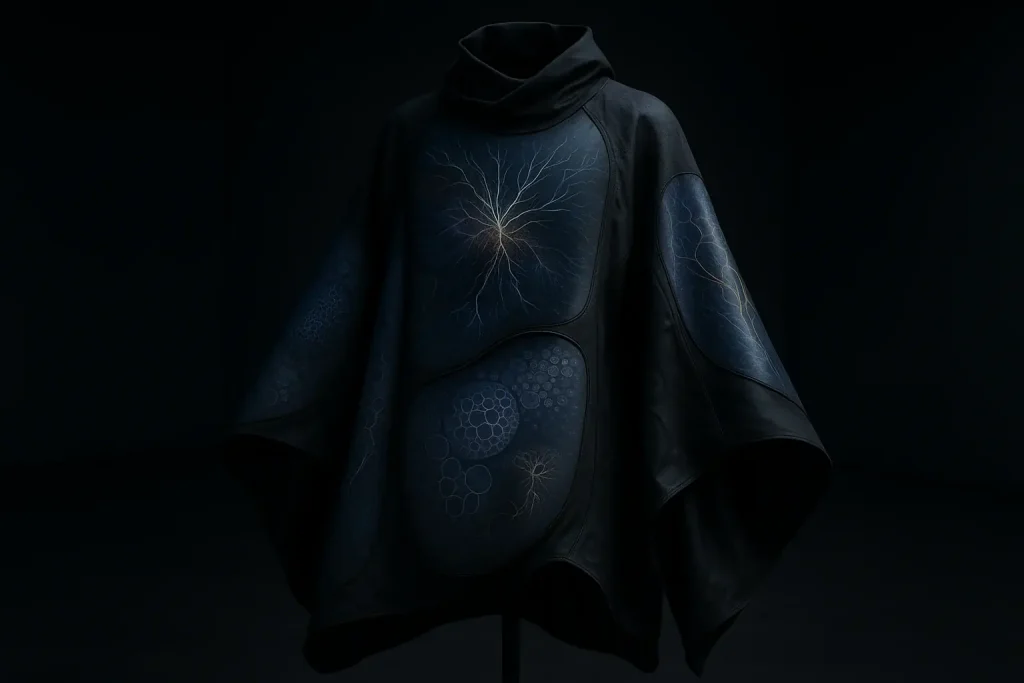Before the Vibe: Introducing Sensoree's Groundbreaking Mood Sweater
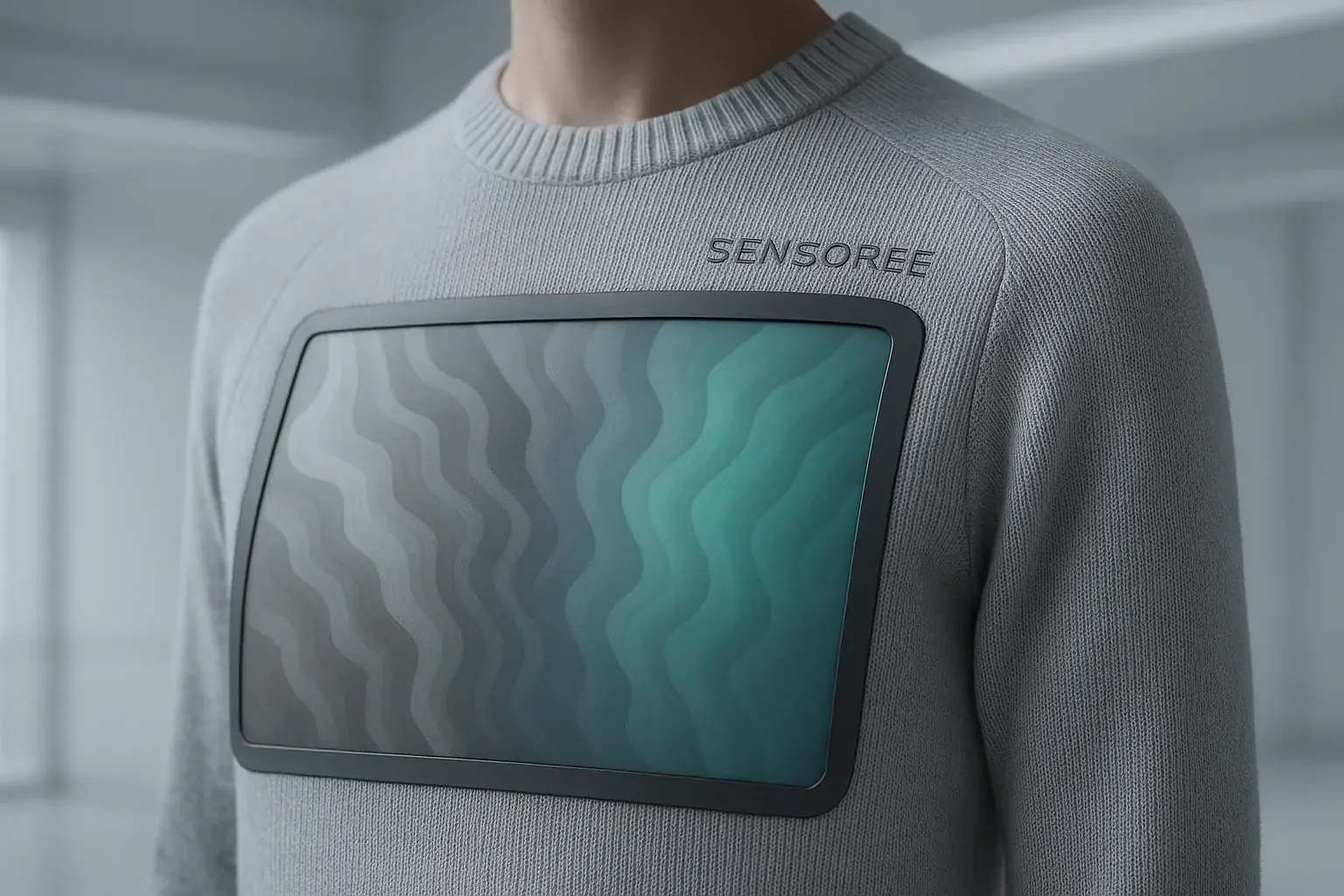
Your clothes could reveal your emotions. Sensoree's GER Mood Sweater pioneered this concept. It was a bold first step. The sweater promised to make internal feelings visible. Your emotional state, displayed.
VibeWear research digs into this key artifact. The GER Mood Sweater saw limited commercial release. That fact is undisputed. Yet, its conceptual impact on adaptive fashion was profound. It served as an early, crucial blueprint for this emerging field.
This deep dive examines its core technology. We scrutinize its specific design decisions. Early user feedback offers valuable perspectives. The lessons learned inform VibeWear’s vision for responsible innovation. We uncover essential truths.
Decoding the Vibe: The Technology Behind Sensoree's Sweater
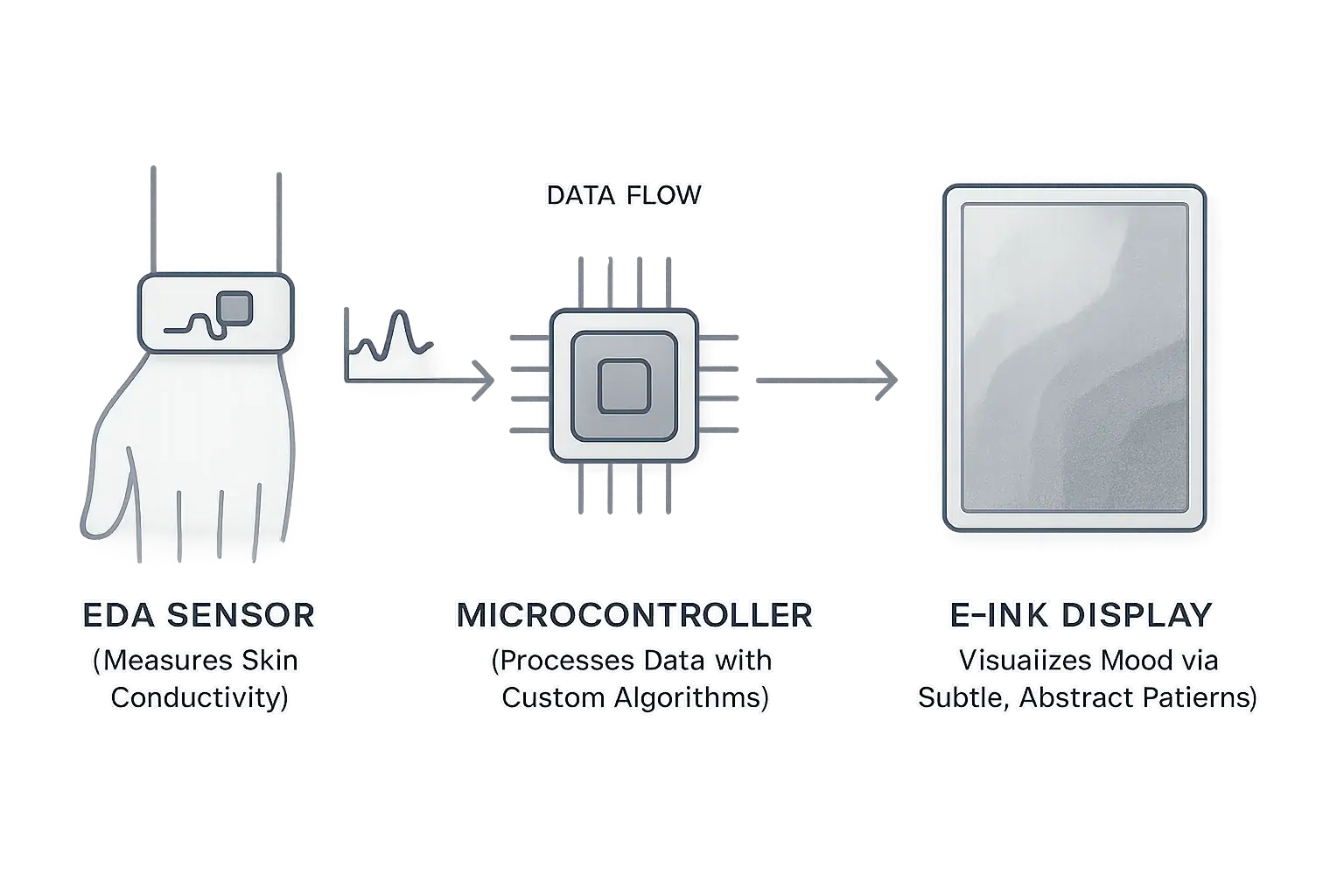
Sensoree's GER Mood Sweater utilized Electrodermal Activity (EDA) sensors. These sensors precisely measured minute changes in skin conductivity. Skin conductivity directly correlates with physiological arousal, an indicator of emotional intensity. This system captured a direct bodily response. Not mind-reading.
E-Ink panels formed the sweater's dynamic visual interface. Low power consumption and excellent daylight readability made E-Ink a strategic choice. The displays presented abstract, shifting patterns that represented emotional data. Here's the silent truth: early E-Ink focused on subtle, gradual shifts, not vibrant colors or rapid animations. This understated visual language made the mood expression more intriguing and less jarring than bright, flashing LEDs.
A microcontroller functioned as the sweater's central processing unit. Custom algorithms interpreted the raw EDA sensor data streams. These algorithms translated physiological inputs into specific visual patterns on the E-Ink display. Mapping internal emotional nuances to external, abstract visual cues was a significant design challenge. This translation required careful calibration and sophisticated interpretation logic.
Early integration of this technology faced notable power management hurdles. Robustly embedding sensors and flexible E-Ink displays within textiles also presented considerable engineering difficulties. Wearable technology was then in its emergent phase. These inherent constraints demanded clever, practical solutions from the Sensoree team for functional mood expression.
The Art of Feeling: Sensoree's Design Philosophy & Aesthetic
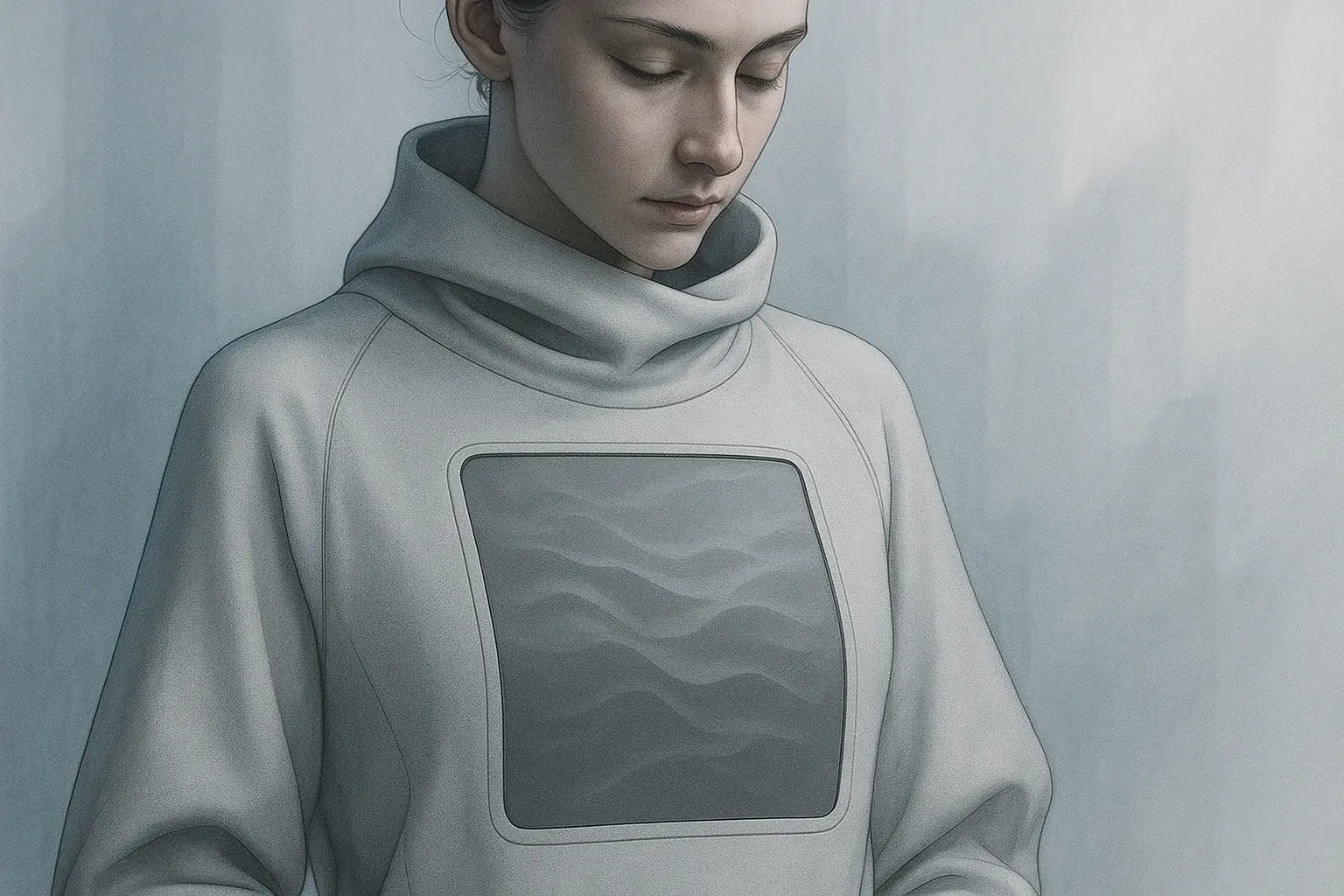
Sensoree's vision was bold. Clothing became an intimate second skin. This skin aimed to express raw emotion. Fashion-tech integration defined their core philosophy. Technology and fabric merged seamlessly into the garment. They formed a truly new expressive medium. A canvas for feeling.
The aesthetic aimed for profound subtlety. Minimalist design met a futuristic vision. Yet, the form remained deeply organic. The E-Ink display felt integral, not some tacked-on gadget. A key design challenge, often overlooked, involved making the technology feel natural. Sensoree embraced the E-Ink's inherent subtlety. This masterstroke turned a technical limitation into an aesthetic strength. No flashy LEDs. Just quiet, thoughtful shifts.
Visuals were deliberately abstract. E-Ink patterns invited personal meaning. They cleverly avoided literal emotional labels. This fostered richer, more nuanced human interaction. More poetry. Less data. Users could truly interpret their own inner states. The garment reflected; it did not dictate.
The Vibe Goes Viral: User & Media Reception of the Mood Sweater
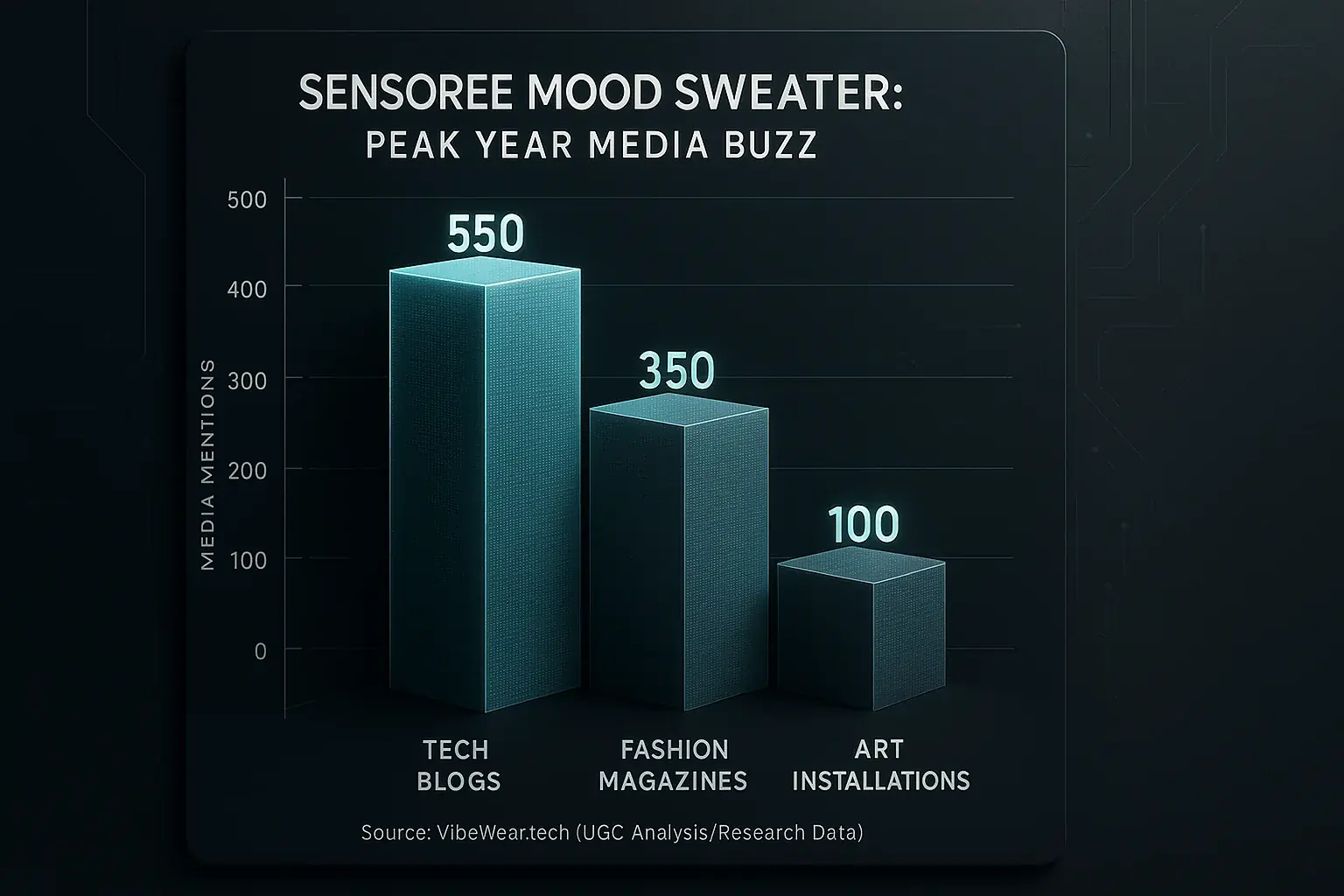
The Sensoree GER Mood Sweater ignited online discussions. Media coverage rapidly amplified its unique concept. Public fascination with the device grew intensely. The sweater quickly became an icon in early wearable tech. This garment captured global attention. Its premise was simple: clothing displaying emotion. Simple. Profound.
The sweater sparked widespread discussion. Emotional transparency became a central talking point. Privacy implications quickly surfaced. Questions about data ownership arose. Could moods be tracked, stored, sold? While everyone talked about 'reading moods,' the real buzz among early adopters and critics was the implications. What happens when our inner world becomes public? Sensoree's design forced that uncomfortable, yet vital, conversation. This dialogue helped shape early ethical frameworks for wearable technology. VibeWear's analysis of early discourse confirms this pivotal shift.
The sweater demonstrably influenced fashion tech's trajectory. Designers perceived new avenues for expressive apparel. Researchers began exploring adaptive apparel with renewed vigor. Imagine garments reacting to stress. Or to joy. Its conceptual impact echoed in many subsequent projects. Numerous concepts explored deeper biofeedback integration into clothing. The Sensoree prototype definitively pushed technological boundaries. It revealed what could be possible for interactive fashion.
The Good, The Bad, The Vibe: Strengths & Limitations of a Pioneer

The Sensoree GER Mood Sweater definitely excelled in sheer novelty. It was a true pioneer. Its design sparked immediate curiosity about emotion-adaptive clothing. Its biggest strength was not just showing a mood; it was its power as a conversation starter. Users found it broke social ice. This prompted genuine discussions about feelings – a truly unexpected benefit for early wearable tech.
However, early prototypes always present challenges. Battery life significantly limited the sweater's practical use. The fragility of early E-Ink displays was another major concern. Those displays could damage easily. Furthermore, the nascent accuracy of biometric sensors meant mood readings were sometimes questionable. These technical hurdles were substantial for users.
What about its market presence? The elephant in the room? Cost. Early E-Ink components and biometric sensors were prohibitively expensive for most consumers. This high production cost made mass commercialization a distant dream, a difficult scale to achieve. This was not a 'failure' of design, but a stark reality of pioneering such advanced technology when the public might not have been fully ready for such intimate tech.
Ultimately, the Sensoree sweater's true value lay in its bold exploration. It pushed the boundaries of fashion and technology. Achieving immediate market perfection was not the primary objective. Its limitations highlighted critical areas for improvement, offering valuable lessons for the future of mood-adaptive wearables. This exploration itself was a success.
Paving the Way: Lessons from Sensoree for Future VibeWear
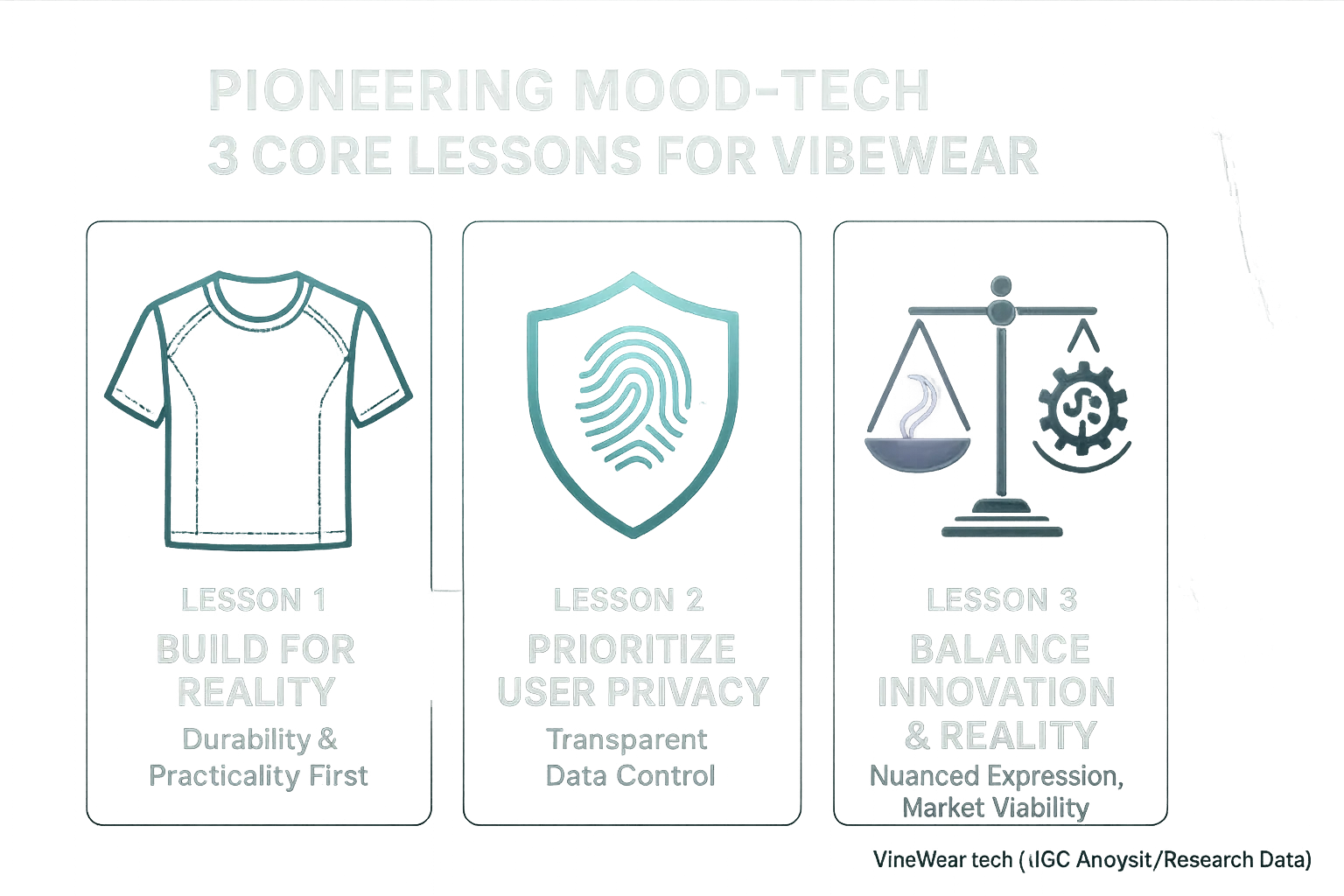
Sensoree's pioneering GER Mood Sweater etched invaluable lessons onto the wearable tech timeline. These are not just historical footnotes. They are crucial signposts for future VibeWear development. Insights from the VibeWear think tank reveal fundamental truths. We must apply them diligently.
The first major takeaway? Practicality. Sensoree showed us that a brilliant concept crumbles if the tech cannot survive real life. Users are not gentle with clothes. That is a fact. Future VibeWear needs to be built like a tank, not a delicate prototype. Durability and washability must be core design pillars from day one. This moves concepts beyond fragile experiments into truly wearable realities.
Next, let's talk data. Sensoree’s early presence sparked vital debates around privacy. This conversation continues. For mood-adaptive clothing, transparent privacy practices are non-negotiable. Robust user control over biometric data is equally essential. VibeWear's stance is clear: users must own their emotional data. Future designs must embody this principle. Trust is built here.
Finally, expression matters. How it is expressed matters more. Sensoree demonstrated the profound power of subtle, abstract emotional visuals. These resonated more deeply than literal data readouts. The lesson? Nuance often communicates vibe more effectively than a flashing sign. This also teaches us to balance innovative concepts with practical realities. True market readiness requires overcoming significant technical hurdles and addressing social acceptance carefully. That is the path forward.

